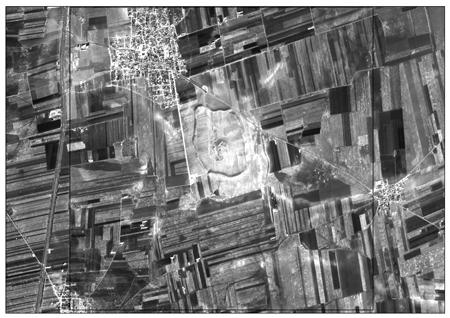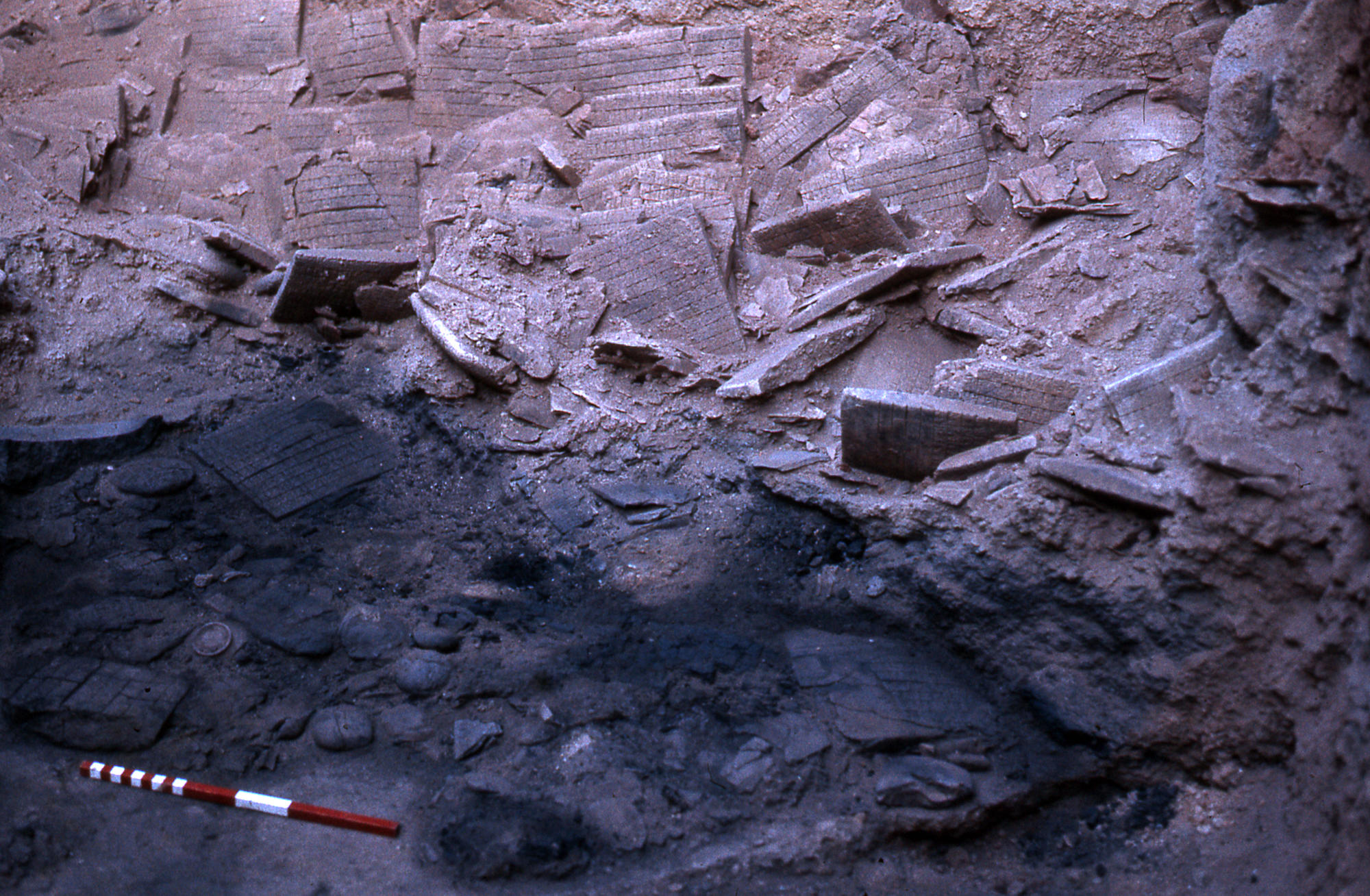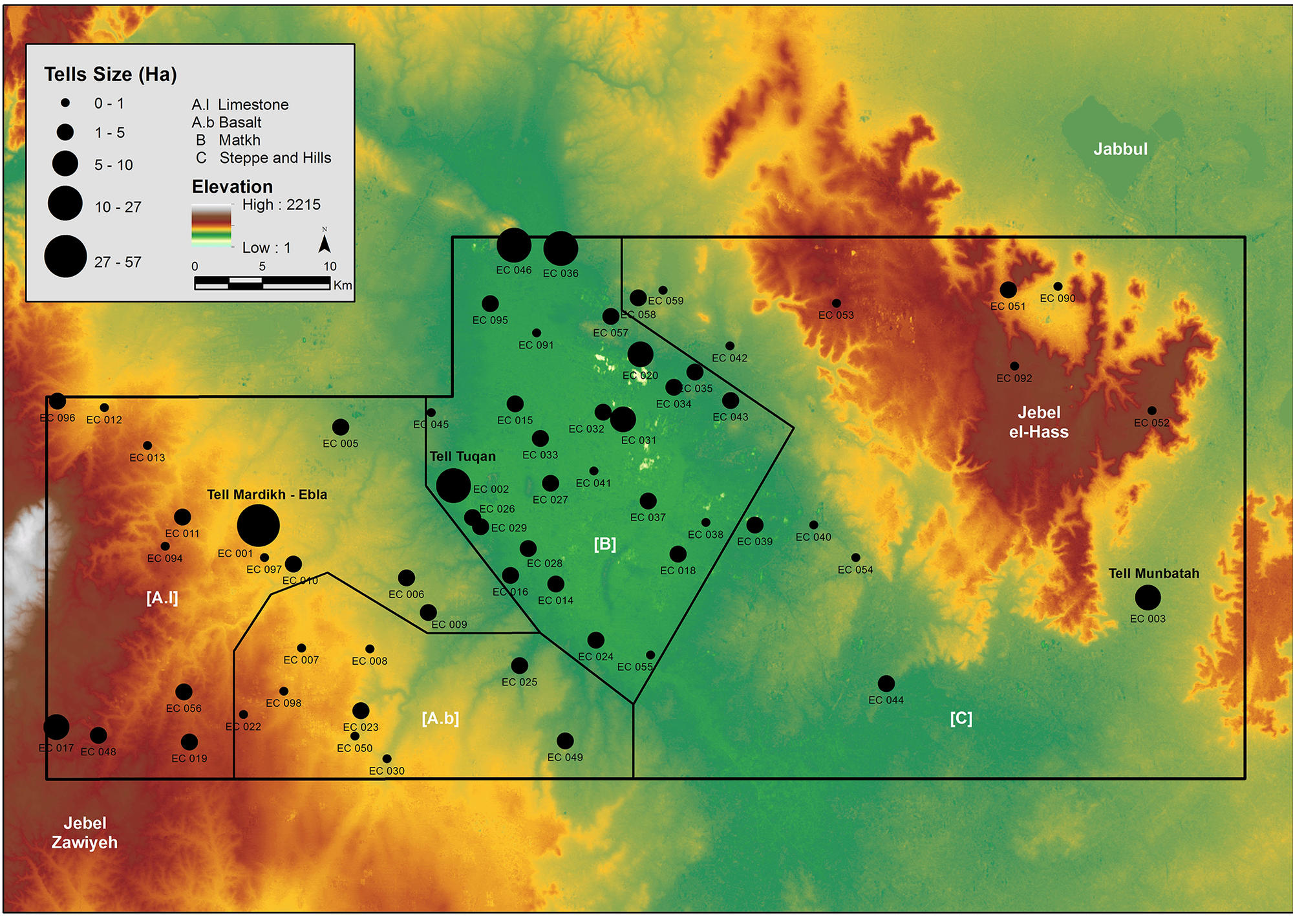The book stands as the final report on surveys and territorial studies carried out in the region of Tell Mardikh/Ebla by the Sapienza University of Rome between 1964 and 2010, under the direction of P. Matthiae.
Tell Mardikh (35°47'59.84"N, 36°47'53.10"E), located 55 km south-west of Aleppo, is the ancient Bronze Age city of Ebla, one of the great urban centres of the Ancient Near East, which yielded royal archives consisting of more than 5,000 (originally) cuneiform tablets dating from the 24th century BC. 47 years of archaeological research at the site uncovered the outstanding remains of a 60-hectares large urban centre, destroyed three times, and rebuilt twice, between ca. 2700 BC and 1600 BC (Early to Middle Bronze Age). The ERC-funded Ebla Chora Project (ECP), launched in 2010 and concluded in 2014, has laid the groundwork for the reconstruction of the archaeological landscape around Ebla, investigating an area of approximately 3500 km2, encompassing three ecological zones, with 114 documented sites dating from the Early Bronze Age (EBA) to the end of the Iron Age (IA). The results of the ECP analysis have been the object of a first publication (Matthiae and Marchetti eds. 2013), focusing on the Early Bronze Age period. The results obtained there so far suggest a generalized intensification in the number and size of settlements from around the mid-3rd millennium BC, when nearly all the areas with a potential for agro-pastoral exploitation are occupied, including the arid region of the Syrian steppe. During this timespan, Ebla developed from a powerful city-state to the capital of a territorial state (EB IVA, ca. 2550–2300 BC), extending its influence on a huge territory, ranging from the Middle Euphrates to the Hama region. The disruption of the EB IVA system, following the destruction of the “First Ebla,” did not result in a generalized crisis; conversely, the uninterrupted occupation of several sites and the strong homogeneity of the material culture suggest aspects of marked continuity with the previous period. A very different settlement pattern from that of the EBA period seems to characterize the MBA (2000-1600 BC), such as the widespread urbanization and the emergence of ever larger centres, peculiarly located quite close to one another. Yet, these apparent dissimilarities in settlement patterns, reflecting a quite different political and administrative organization of the Ebla territory during the MBA, remain to be explored. Similarly, the general settlement crises that affected the region during the Late Bronze Age (LBA, 1600-1200 BC), following the destruction of the “Third Ebla,” need to be studied analytically. While Ebla progressively became a rural settlement during the LBA and the Iron Age (IA, 1200-539 BC), other sites such as Tell Afis (the Biblical Hazrek) emerged as regional centres.
The aim of the book is to supply an explanation for the nature of these changes within the chora of Ebla over the long duration (EBA-IA), by exploring the chronology, the possible function of settlements, the scope of their economic activities and the regional network in connection to the prevailing social structure and ancient environment, through an integrated approach of remote sensing analyses, geological and geo-morphological investigations, combined with data gathered from surveys, excavations, and cuneiform texts.
The lead researcher, Agnese Vacca, will coordinate the publication process, integrating the project’s different elements and team’s experts, overseeing the production of the final volume, which will contain contributions by specialists of different disciplines, a substantial set of technical imagery (such as GIS-based thematic maps), archaeometric analyses on ceramics, a detailed catalogue of sites and survey materials. The results from GIS processing and spatial analyses will be made available on the WebGIS platform of the project.



